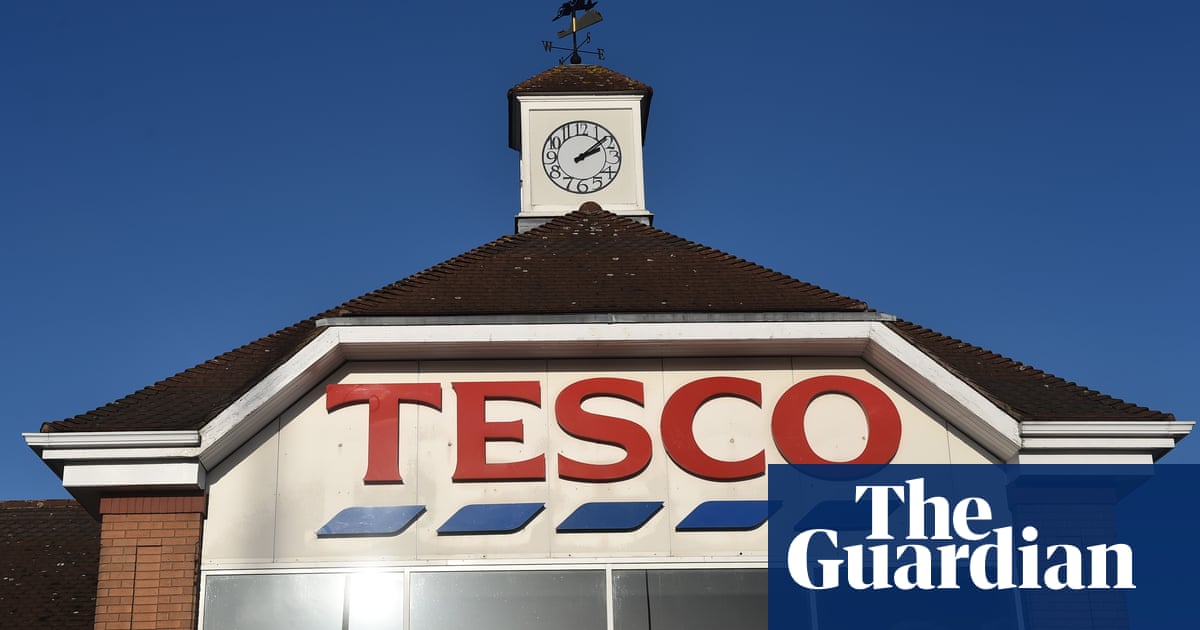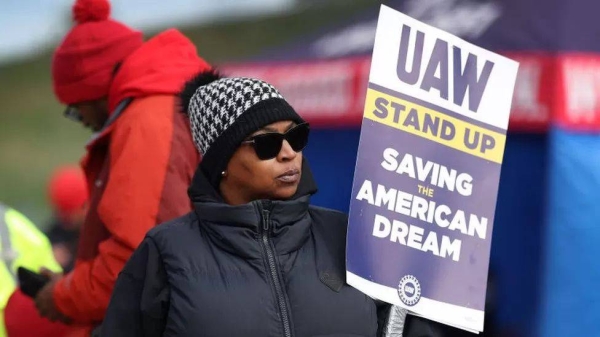
Unions have described companies who pay their chief executives huge multiples of their workers average salary as obscene, and called on ministers and shareholders to act to end the “runaway train” of inequality in corporate Britain.
A report by the High Pay Centre thinktank on Tuesday revealed that Ocado, the online supermarket, had the biggest pay gap between those at the top and those on the shop floor.
Its chief executive, Tim Steiner, was paid £58.7m last year – which works out at 2,605 times the £22,500 paid to the online grocery delivery company’s staff on average. It means Steiner was paid as much as the average Ocado worker’s annual salary for just one day’s work.
In second place was JD Sports, which paid its chief executive, Peter Cowgill, £5.6m, but paid staff an average of only £18,300. That means Cowgill’s pay was 310 times the median average. Tesco took third place for paying its outgoing chief executive 305 times the median pay.
Laurence Turner, head of research and policy at the GMB union, said: “This shocking and important report provides a vivid snapshot of the staggering inequalities and exploitation in the world of work on the eve of the coronavirus outbreak.
“There is no business or moral justification for paying an executive an obscene ratio of more than 2,000 times the average worker.
“Action is needed, especially at a time when hundreds of thousands of jobs are under threat and households are struggling to make ends meet. Ministers, employers, and shareholders must all put an end to this runaway train.”
The report showed that across the UK’s 100 biggest stock market listed companies, chief executives collect 73 times the amount paid to workers on average.
Luke Hildyard, director of the High Pay Centre, said the report provided “valuable new insight into the corporate cultures and working practices of some of the UK’s biggest employers”.
He added: “These findings show that quite low levels of pay are commonplace for large numbers of workers at many of our major companies. Hopefully the disclosures can help investors, policymakers and of course the companies themselves think more deeply about how to improve fairness at work, and pay for low-paid workers in particular.”
A spokesperson for Ocado said: “The pay ratio is particularly high for 2019 due to the inclusion of the growth incentive plan (GIP), which was a five-year award granted in 2014 and vested in 2019. The level of the GIP payment recognises the extraordinary performance of Ocado during this period when the business grew from a circa £1.5bn business to the multibillion pound technology-led global business we are today.”
The High Pay Centre figures shows that the biggest pay gaps are in the retail sector, where on average bosses are paid 140 times that collected by employees. The smallest gap was in financial services with a ratio of 35:1. The company with the smallest gap was identified as the asset management firm Sanne Group, where the chief executive collected eight times the median pay.
UK companies have been forced to publish chief executive pay ratios in their annual reports following widespread anger over excessive executive pay. The new figures show the relationship of the chief executive’s pay relative to the median and 75th and 25th percentile of the company’s UK employees.
Mubin Haq, chief executive of the Standard Life Foundation, said: “There is great potential for rethinking pay, benefiting those on lower incomes. Nowhere is this more stark than in the retail sector, which has the highest levels of inequality. During the pandemic the industry either relied heavily on government support or made significant profits. Rewards are not being fairly shared, but companies can begin to make plans to reduce the gaps that exist.”












